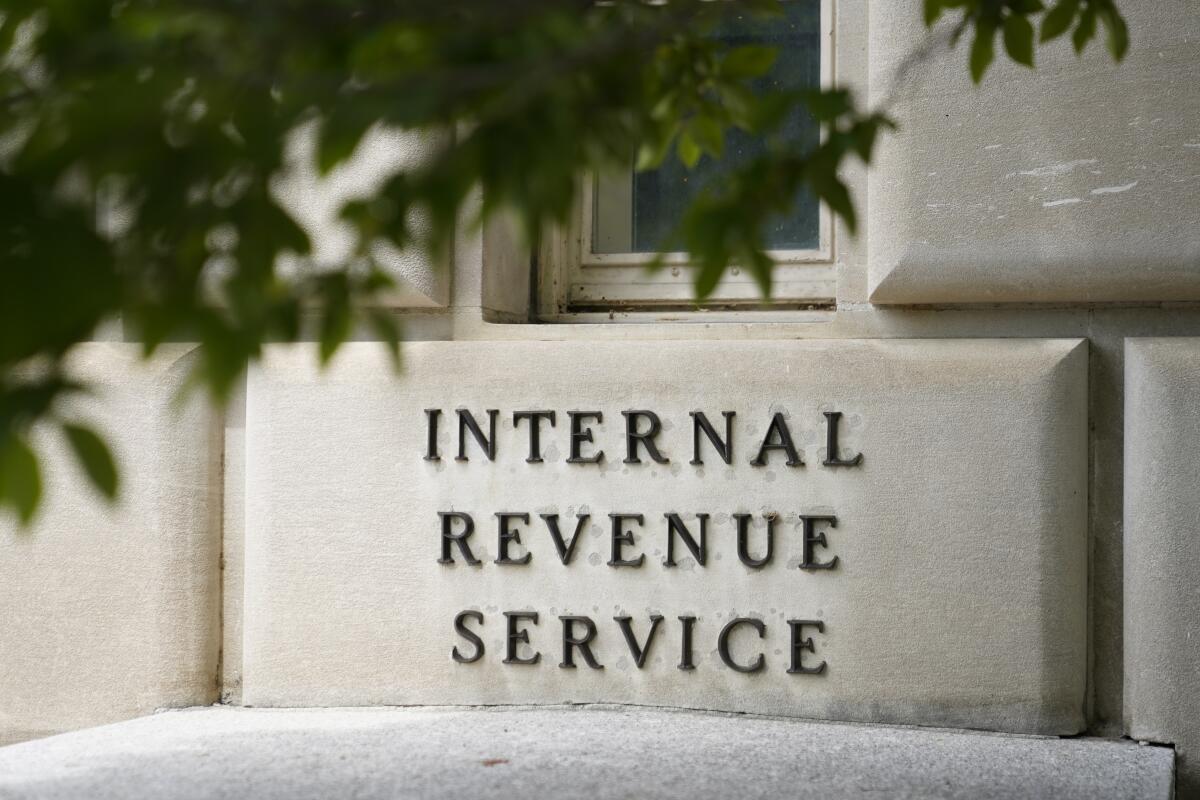IRS will start taking tax documents digitally as it aims to go paperless

- Share via
Most taxpayers will be able to digitally submit a slew of tax documents and other communications to the IRS next filing season as the agency aims to go completely paperless by 2025.
The effort to reduce the exorbitant load of paperwork that has plagued the agency — dubbed the “paperless processing initiative” — was announced Wednesday by Treasury Secretary Janet L. Yellen and IRS Commissioner Daniel Werfel.
The effort is being financed through an $80-billion infusion of cash for the IRS over 10 years under the Inflation Reduction Act passed into law last August, although some of that money already is being cut back.
“Thanks to the IRA, we are in the process of transforming the IRS into a digital-first agency,” Yellen said during a visit to an IRS paper processing facility in McLean, Va.
“By the next filing season,” she said, “taxpayers will be able to digitally submit all correspondence, nontax forms, and notice responses to the IRS.”
“Of course, taxpayers will always have the choice to submit documents by paper,” she added.
The IRS doesn’t want people writing off losses if they’re not making a serious effort to make money.
Under the initiative, most people will be able to submit everything but their tax returns digitally in 2024. And as the IRS pilots its new electronic free-file tax return system starting in 2024, the agency will be able to process everything, including tax returns, digitally by 2025.
The processing change is expected to cut back on the $40 million per year that the agency spends storing more than 1 billion historical documents. The federal tax administrator receives more than 200 million paper tax returns, forms and pieces of mail and nontax forms annually, according to the IRS.
Roughly 213.4 million returns and other forms were filed electronically in fiscal year 2022, which represents 81.2% of all filings, according to IRS data.
Coupled with decades of underfunding, an overload of paper documents has prevented the agency from processing tax forms at a faster pace in years past, agency leaders have said. The new initiative should enable the agency to expedite refunds by several weeks, according to the IRS.
In June, National Taxpayer Advocate Erin M. Collins said the IRS cut its backlog of unprocessed paper tax returns by 80%, from 13.3 million returns at the end of the 2022 filing season to 2.6 million at the end of the 2023 filing season.
The federal tax collector’s funding is still vulnerable to cutbacks. House Republicans built a $1.4-billion reduction to the IRS into the debt ceiling and budget cuts package passed by Congress this summer.
The White House said the debt deal also has a separate agreement to take $20 billion from the IRS over the next two years and divert that money to other nondefense programs.
More to Read
Inside the business of entertainment
The Wide Shot brings you news, analysis and insights on everything from streaming wars to production — and what it all means for the future.
You may occasionally receive promotional content from the Los Angeles Times.











